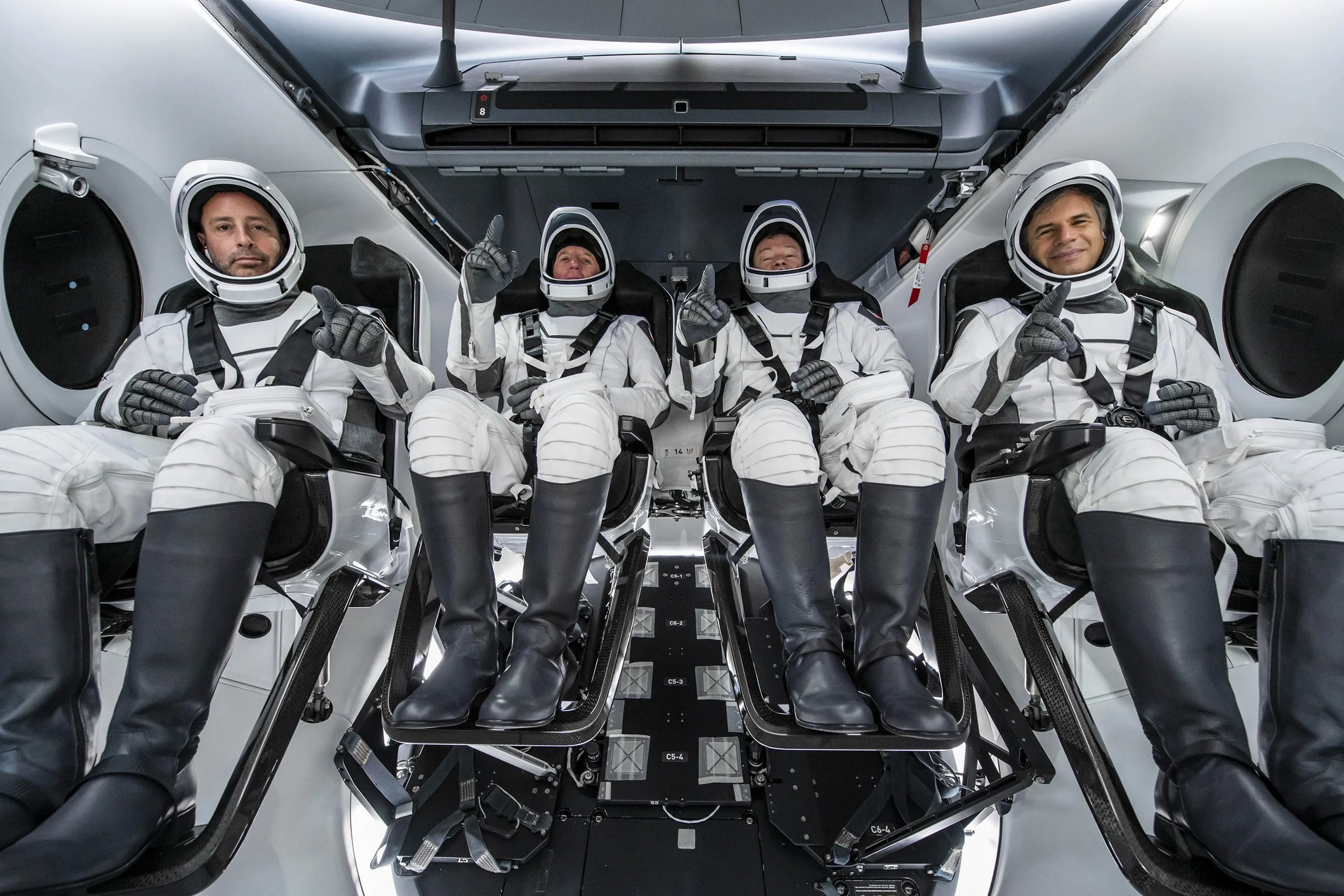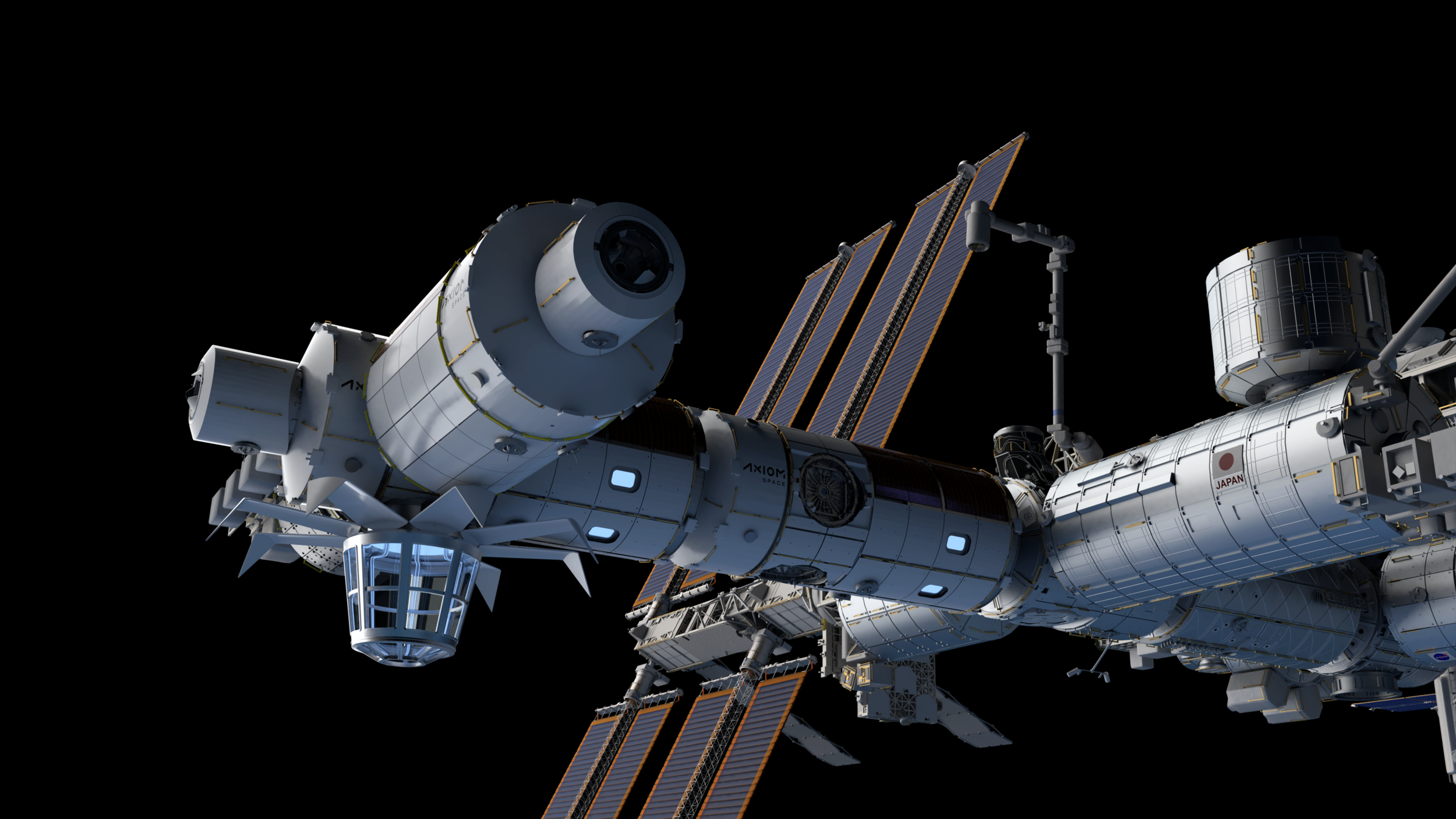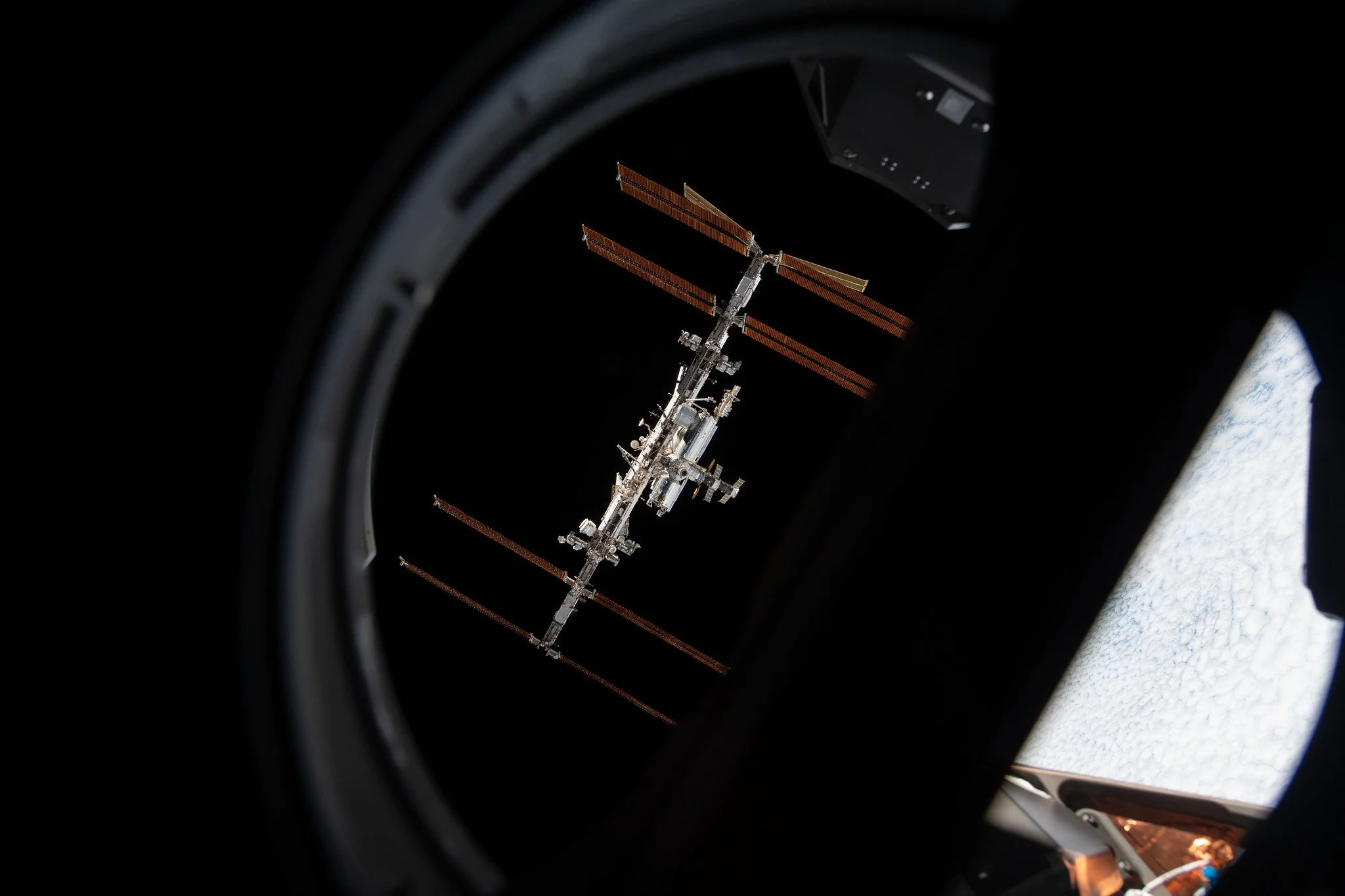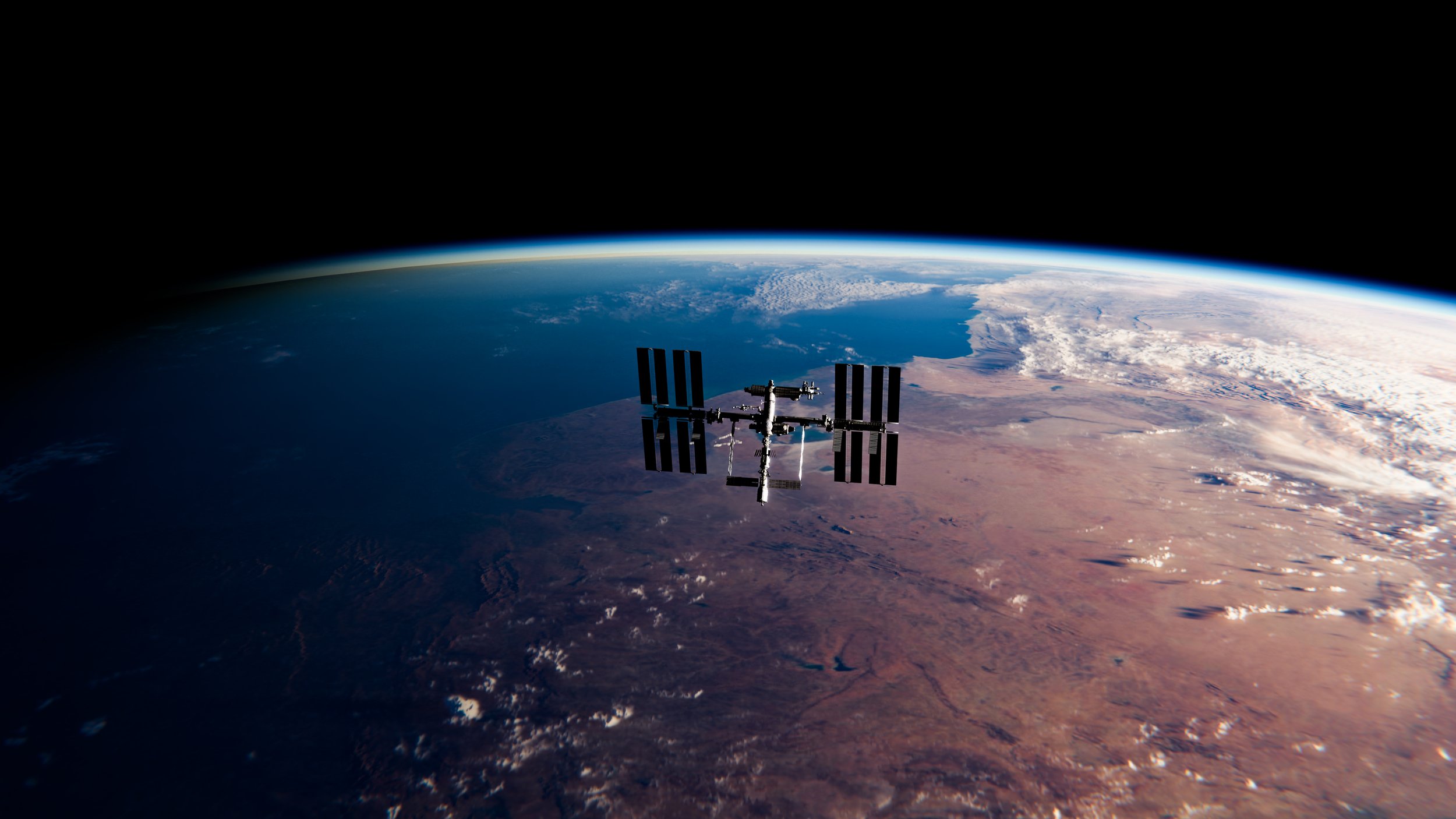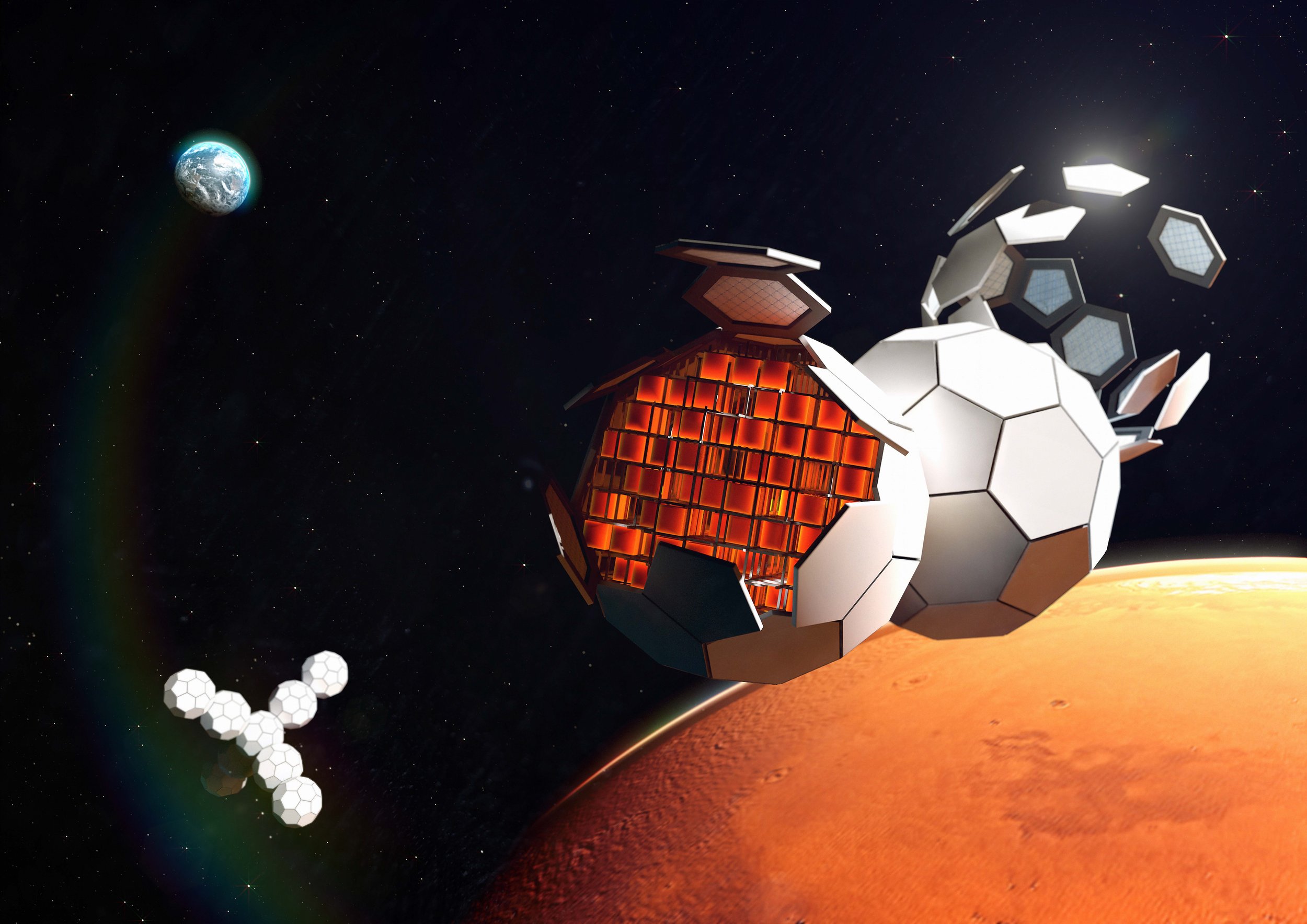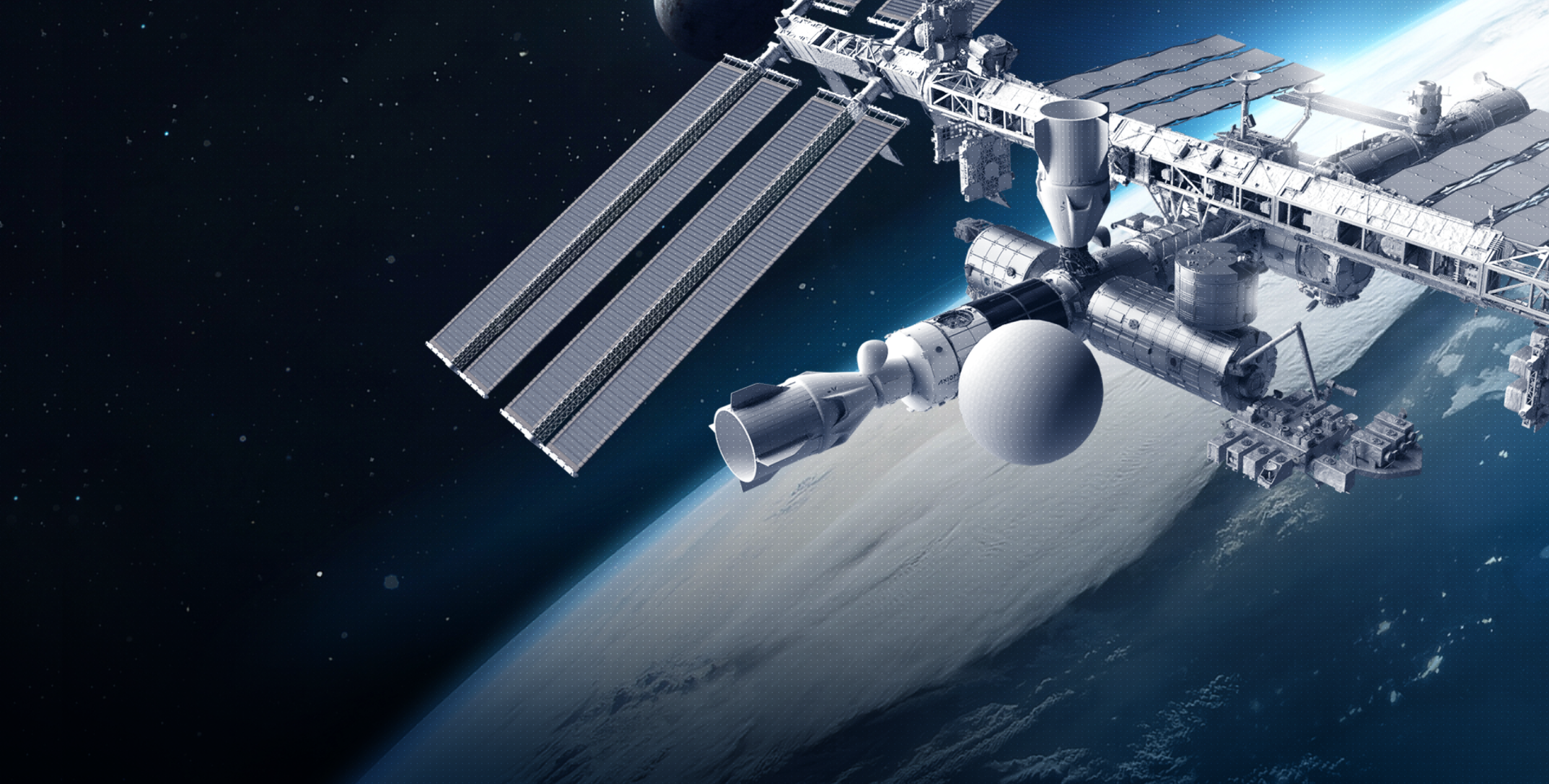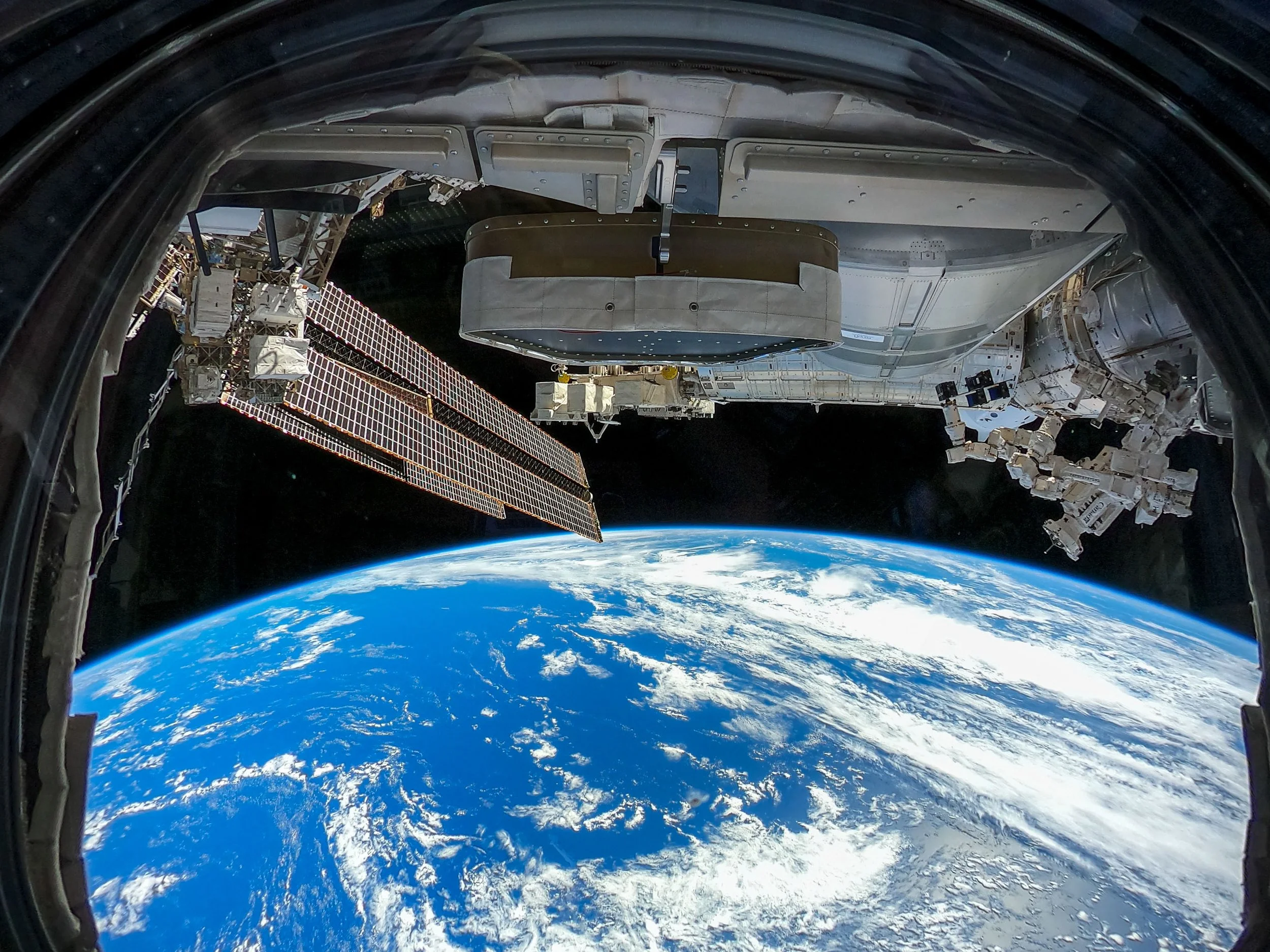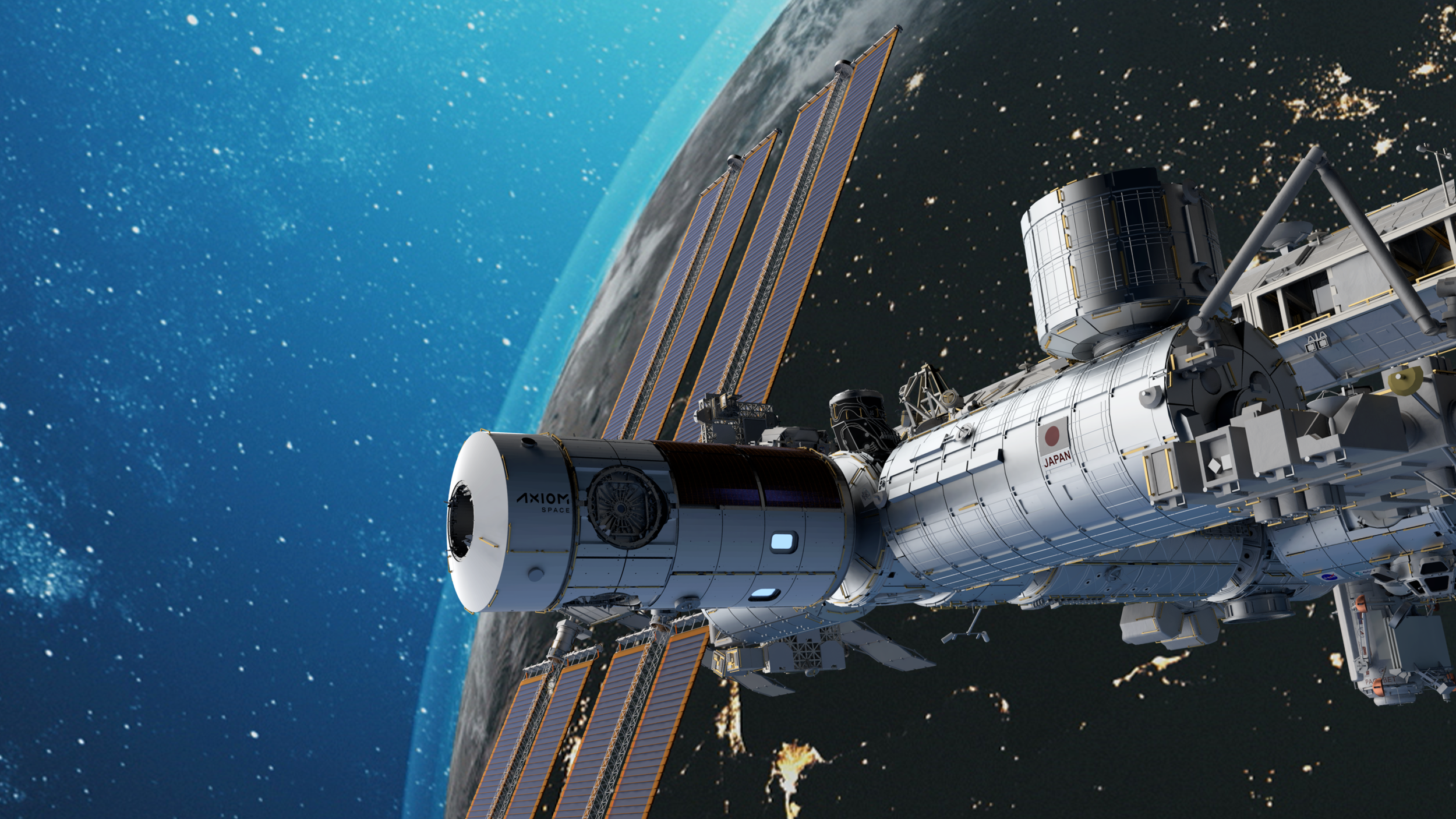Image courtesy of SpaceX
Last updated April 8, 2022
Launch webcast, extended coverage will feature an in-depth mission overview in advance of launch.
HOUSTON - Axiom Space, a leader in human spaceflight, now building the first commercial space station, has set prelaunch and launch coverage for its Axiom Mission 1 (Ax-1), the world’s first all-private astronaut mission to the International Space Station.
Liftoff is scheduled for Friday, April 8 at 11:17 a.m. EDT from Launch Complex 39A at NASA’s Kennedy Space Center in Florida. The crew will launch on a SpaceX Falcon 9 rocket and will travel to and from the space station in a Dragon spacecraft. Prelaunch activities, launch, and docking coverage will air live at axiomspace.com beginning April 8 at 7:55 a.m.
The Ax-1 crew members are Commander Michael López-Alegría of Spain and the United States, Pilot Larry Connor of the United States, and Mission Specialists Eytan Stibbe of Israel and Mark Pathy of Canada.
During their 10-day mission, the crew will spend eight days on the International Space Station conducting scientific research, outreach, and commercial activities. Ax-1 is the first of several proposed Axiom missions to the orbiting laboratory and an important step toward Axiom’s goal of constructing a private space station, Axiom Station, in low-Earth orbit that can serve as a global academic and commercial hub.
Coverage of the Ax-1 launch will be available as follows (all times Eastern):
Friday, April 1
1:00 p.m. Ax-1 Crew Press Conference
This virtual press conference features Axiom leadership and the Ax-1 astronauts, participating from crew quarantine. Participants will make remarks and answer questions from the press.
Participants include:
Michael Suffredini, President and CEO, Axiom Space
Peggy Whitson, Director of Human Space Flight, Axiom Space
Michael López-Alegría, Commander, Ax-1
Larry Connor, Pilot, Ax-1
Eytan Stibbe, Mission Specialist, Ax-1
Mark Pathy, Mission Specialist, Ax-1
Recap:
Thursday, April 7
No earlier than 3 pm – Prelaunch News Conference (targeted for one hour following the Launch Readiness Review)
The prelaunch news conference will focus on final preparations for the Ax-1 mission. It will discuss the results of the Launch Readiness Review (LRR), which evaluates the mission hardware and its readiness for launch. Watch live at axiomspace.com.
Participants include:
Derek Hassmann, Operations Director, Axiom Space
Dana Weigel, International Space Station Deputy Program Manager, NASA
Angela Hart, Commercial LEO Program Manager, NASA
Benjamin Reed, Senior Director, Human Spaceflight Programs, SpaceX
Launch Weather Officer, 45th Weather Squadron, U.S. Space Force
Recap:
Friday, April 8
7:55 a.m. – Launch Webcast Begins
The webcast will follow the journey of the four-person, multinational Ax-1 crew from crew walkout to liftoff from Launch Complex 39A at NASA’s Kennedy Space Center in Florida at 12:05 pm. It will continue until roughly 15 minutes after launch with stunning views of the spacecraft traveling to the International Space Station. Watch live at axiomspace.com
12:30 p.m. – Post-launch Media Briefing (targeted approximately one hour following launch)
Leadership from Axiom Space, NASA, and SpaceX will participate in a post-launch media briefing to provide an update on the launch and mission operations.
Participants include:
Michael Suffredini, President and CEO, Axiom Space
Derek Hassmann, Operations Director, Axiom Space
Kathy Lueders, Associate Administrator for Space Operations, NASA
Dana Weigel, International Space Station Deputy Program Manager, NASA
Angela Hart, Commercial LEO Program Manager, NASA
Benjamin Reed, Senior Director, Human Spaceflight Programs, Space
TBD – In-Flight Event (will confirm no later than 15 minutes prior to the event start time)
Watch live at axiomspace.com/live
Pending crew schedule and ground station coverage, Michael López-Alegría, Axiom Space Vice President and Ax-1 Commander, will participate in an in-flight event from the Dragon spacecraft. If we are not able to support an in-flight event, our next opportunity to check in with the crew will be after the webcast resumes, approximately two hours before the crew reaches the space station.
Saturday, April 9
5:30 a.m. (approximately) – Webcast Resumes, docking coverage begins
The Ax-1 webcast will resume approximately two hours in advance of the Ax-1 crew and SpaceX Dragon spacecraft docking with the International Space Station. Watch live at axiomspace.com.
7:30 a.m. – Docking (approximately)
Watch the crew arrive at the International Space Station live at axiomspace.com and on NASA Television, the NASA app, and the agency’s website. The Ax-1 webcast will cover events as the Ax-1 crew enters the International Space Station to begin an eight-day mission on the orbiting laboratory conducting science, education, and commercial activities.
This advisory will be updated as times are confirmed for events related to mission operations.
Follow along for mission updates with #Ax1 on Twitter, Instagram, and Facebook, and on our website.
About Axiom Space
Axiom Space is guided by the vision of a thriving home in space that benefits every human, everywhere. The leading provider of human spaceflight services and developer of human-rated space infrastructure, Axiom operates end-to-end missions to the International Space Station today while privately developing its successor – a permanent commercial destination in Earth’s orbit that will sustain human growth off the planet and bring untold benefits back home. More information about Axiom can be found at www.axiomspace.com.
For more information contact:
Bettina Inclán
Bettina.inclan@axiomspace.com

